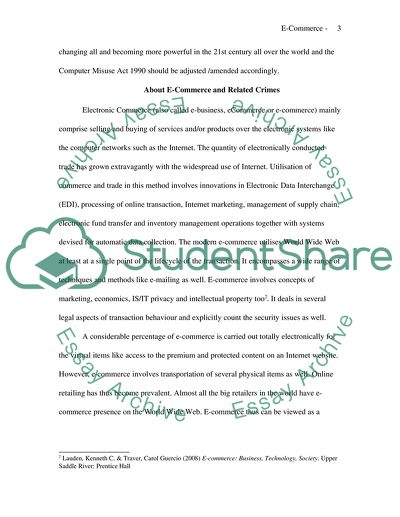Cite this document
(E-Commerce and Related Crimes Term Paper Example | Topics and Well Written Essays - 3500 words - 1, n.d.)
E-Commerce and Related Crimes Term Paper Example | Topics and Well Written Essays - 3500 words - 1. Retrieved from https://studentshare.org/e-commerce/1741610-e-commerce
E-Commerce and Related Crimes Term Paper Example | Topics and Well Written Essays - 3500 words - 1. Retrieved from https://studentshare.org/e-commerce/1741610-e-commerce
(E-Commerce and Related Crimes Term Paper Example | Topics and Well Written Essays - 3500 Words - 1)
E-Commerce and Related Crimes Term Paper Example | Topics and Well Written Essays - 3500 Words - 1. https://studentshare.org/e-commerce/1741610-e-commerce.
E-Commerce and Related Crimes Term Paper Example | Topics and Well Written Essays - 3500 Words - 1. https://studentshare.org/e-commerce/1741610-e-commerce.
“E-Commerce and Related Crimes Term Paper Example | Topics and Well Written Essays - 3500 Words - 1”, n.d. https://studentshare.org/e-commerce/1741610-e-commerce.


